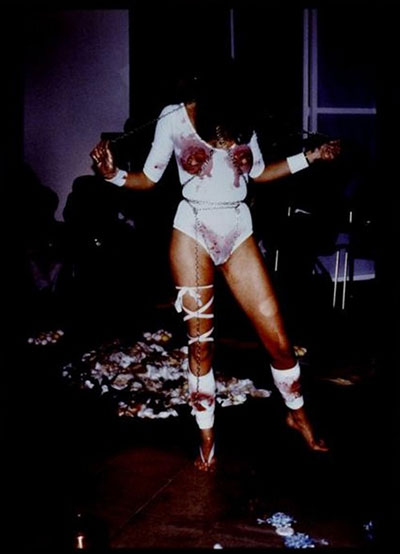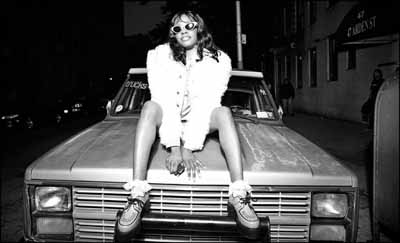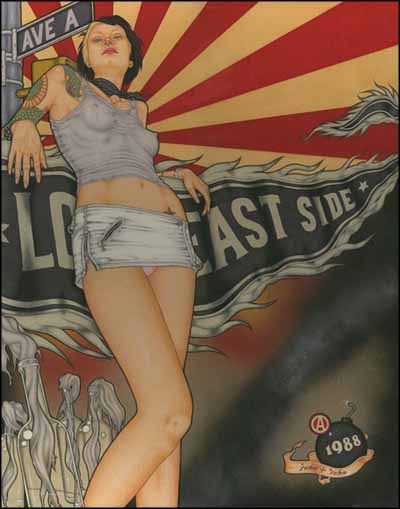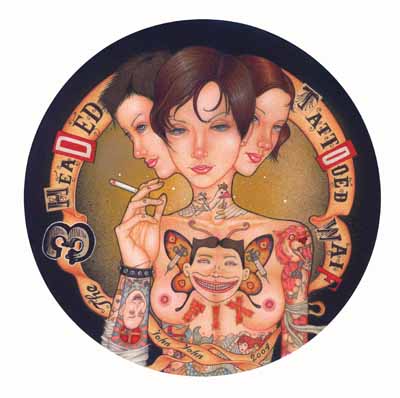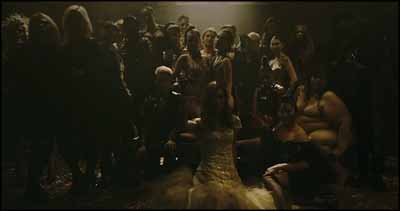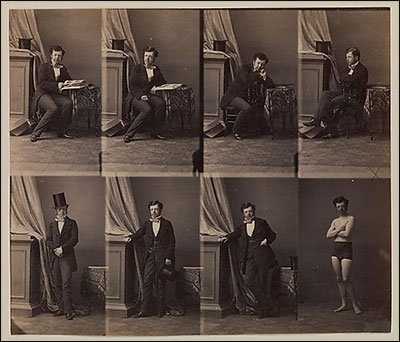Dimming the Lights and Locking Up at Coilhouse
Illustration by Star St. Germain. (Larger version here.)
Five years ago, we launched Coilhouse Magazine + Blog: A Love Letter to Alternative Culture.
Six beautiful issues, two grand soirees, and thousands of blog posts later, we’re dimming the lights and locking up. Coilhouse is going on hiatus. Which is not to say that Coilhouse is ending. Quite the contrary, as you can see! There’s no wrecking ball, here. Only a shedding of skin.
We can’t tell you what exactly is coming next, or when; we just know we have no intention of quitting. Potential directions that Coilhouse may move in somewhere down the line: books, apps, limited edition print/art objects, video, fashion collaborations. Smaller, more manageable one-shot projects that don’t break our backs. But first, we will have to re-strategize our business and production plans. Nothing is set in stone at the moment because, simply put, we need a break. We need to rest.
In its current form, Coilhouse is not financially solvent. The tireless and all-too-often selfless efforts of our incredible staff and contributors, in tandem with the generous support of readers and small-business advertisers, enabled Coilhouse to come this far. No small feat, is it? However, the business never had the chance to fully stabilize in such a way that it could remain sustainable long term. For a time, it can feel okay to pour every waking moment into a labor of love, but after a while –five full years, in this case– that sustained effort can take a massive toll on both one’s body and one’s bank account. Health issues have also played a big role in our decision to put things on hiatus. Repeating for emphasis, with astonished glee: five full years. That’s a whole lotta love, a whole lotta labor. And no regrets. But it’s time to step away for a while.
This hasn’t been an easy decision for us to come to. We love doing this so much. We don’t want to disappoint anyone. For those two reasons, we’ve stuck it out for many moons by leaning on each other and our respective families a whole lot. But it’s far beyond time for both of us to take a step back, and regroup.
When we started writing this love letter over half a decade ago, we could not yet conceive of the humbling and inspiring amount of support that Coilhouse would receive. In our first few months, what kept us motivated were the thoughtful, hilarious, vulnerable, and insightful comments on our blog. Thank you, readers, for keeping us going. That was all you. As we hit our stride, in addition to this lively discussion, we were gifted with artistic contributions, valiant volunteer efforts, generous ad buys, and kind words of encouragement from friends. Beloved contributors, advertisers, interns, volunteers, editors, and patrons – Coilhouse wouldn’t exist without you, and it’s an honor to know each and every one of the kindred spirits who have come together to participate in this project. Thank you.
So. To reiterate, the magazine is done, the blog is going into cryogenic freeze… but! This is not the end. As you can see, we’ve cleaned up and redecorated the place to mark this moment in Coilhouse’s continuing evolution. Illustrated by the talented Stuntkid, co-designed by Nadya and Star St. Germain, the new site is a bright and colorful joygasm of some of the strange, beautiful ephemera that we’ve obsessed over together with all of you. We’ve also reorganized the categories, added a “search” feature, and put together a page of our favorite blog posts from over the years.
Have fun exploring those Featured Articles, and be sure to take a look at our newly updated Staff Page, now brimming with dozens of wonderful, dearly loved faces, and hundreds of contributor names. (If you’re a contributor and your name is missing, please just let us know and we’ll add you in immediately.)
To offset the costs of keeping the site up and its massive archive accessible, we’re offering one final round of merch: a limited-run set of Love Letter stationery and stickers, designed by Dorothy Schmidt, featuring Stuntkid’s new Coilhouse art. Half the proceeds will go directly to Stuntkid for crafting these beautiful illustrations, the other half will help us continue paying for web hosting, keeping our Flickr photostream accessible, renewing our domain name, and other random costs. Additionally, there are still printed issues of Issue 06 available for sale, and a small number of Molly Crabapple’s beautiful prints. All these items can be found in our shop.
On a personal level, the future is uncertain and exciting for both of us. Nadya is learning to see the world in a whole new way – literally – and for the first time in her adult life, she finds herself with no future projects. She’s embracing this state of flux, and feeling inspired to turn over a new leaf. Mer, having finally taken the plunge after two decades of being too timid to present herself as more than a session/backup musician, will soon be shooing her own music –both solo and co-produced– out into the world. She’s also eyeing up a potential Coilhouse community-oriented book project, to be undertaken in late 2013. In the meantime, she’ll be working on a couple different DIY projects down in New Zealand.
You can keep in touch with us here:
Nadya Lev – Twitter, New Website/Blog
Meredith Yayanos – Twitter, Soundcloud, Tumblr, Kickstarter
If you’d like to keep tabs on what Coilhouse is doing, please sign up for our mailing list. You can also stay subscribed to the RSS feed, join our Facebook group (we’ll both be keeping an eye on it), and follow us on Twitter. Also, we’d love to hear from you in response to this post! It’s been a while since we all introduced ourselves in the comments thread. Any old-timers still here? Who’s new? What are you all up to, these days? Tell us your story. Link us to your projects. We want know all about them, and all about you. We’d love to keep in touch.
We’d like to conclude this chapter of Coilhouse by offering up one final token of affection to our community, on behalf of the entire core staff, past and present. Since we have no plans to reprint our back issues, we’ve decided to release them as free, high resolution PDFs. You can download the PDFs at the Magazine Page.
Nadya & Mer
November 21st, 2012









